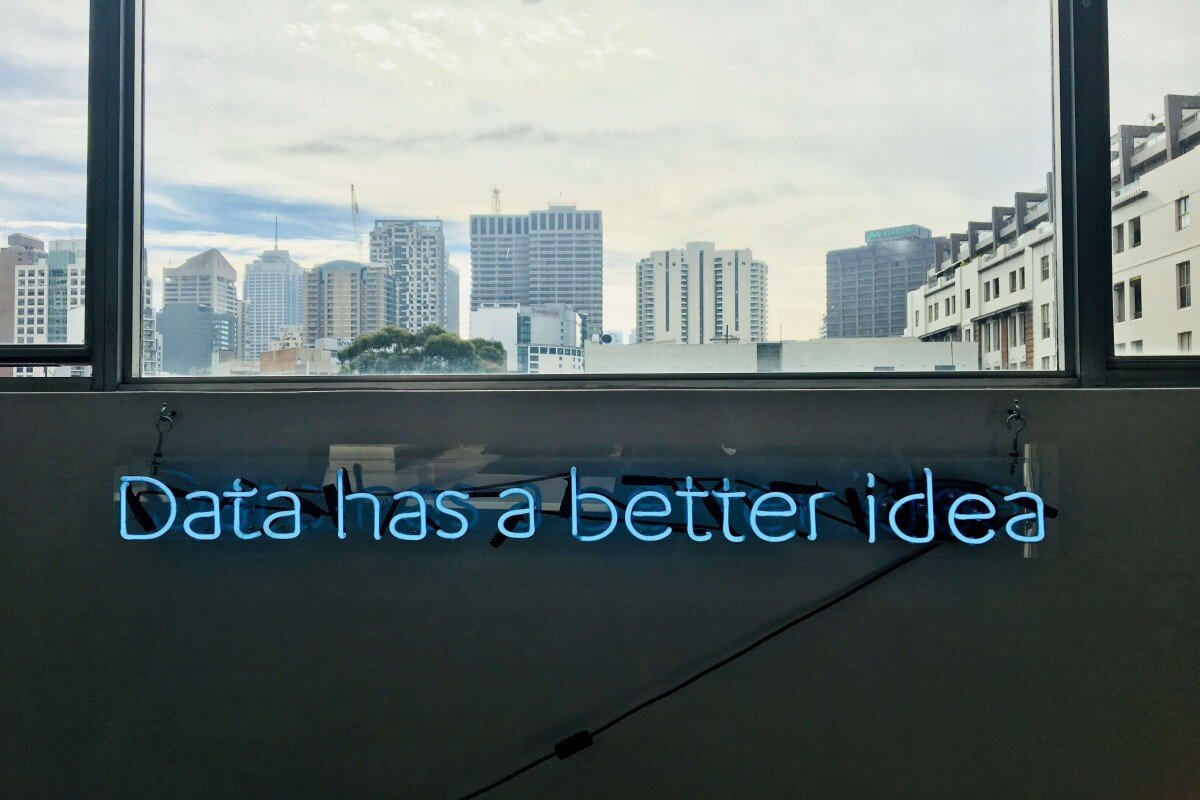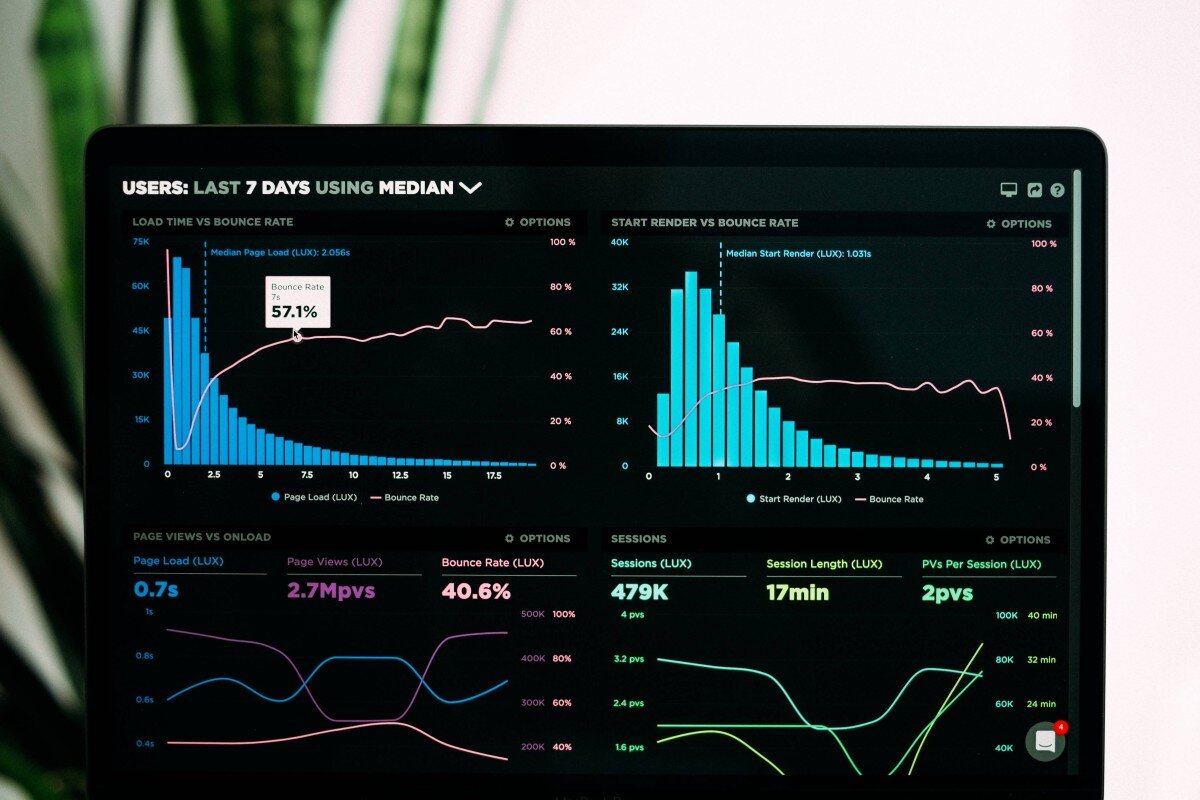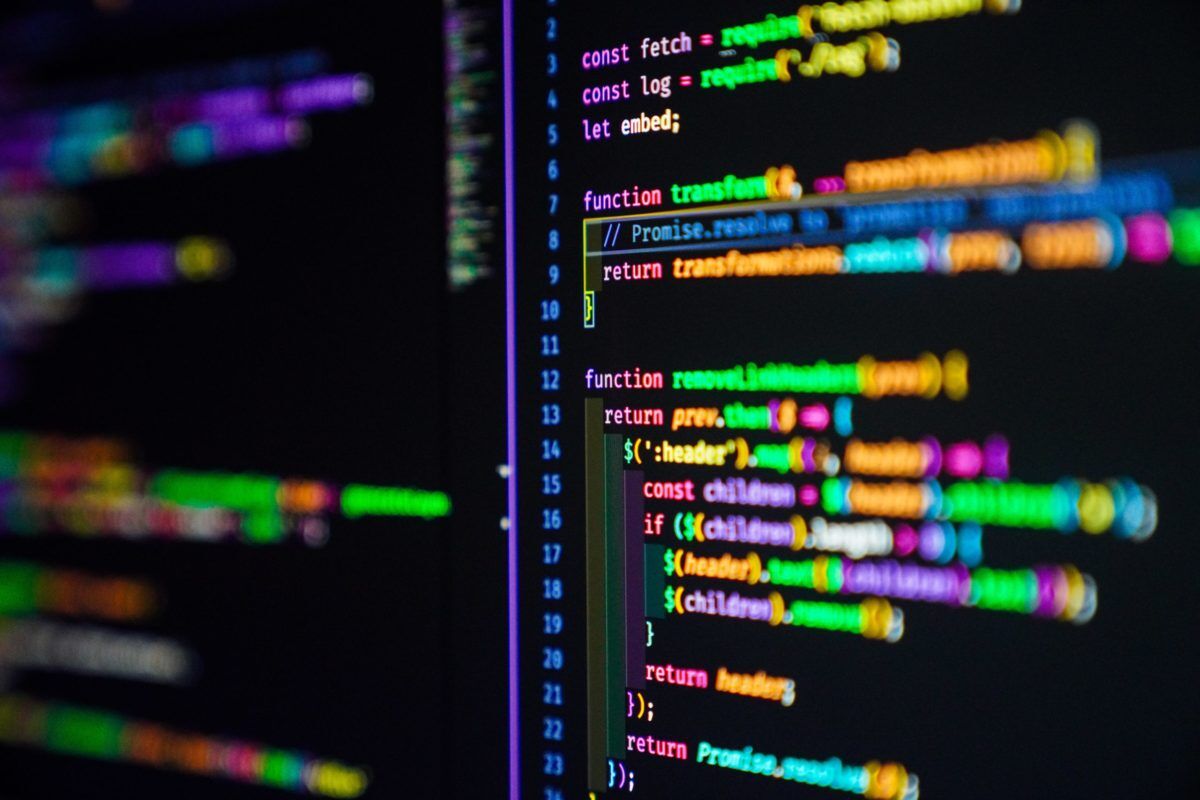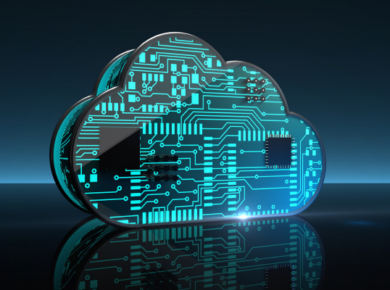The data science field is snowballing and revolutionizing many industries, and it’s challenging to limit its capabilities with a formal definition. However, generally, the simplest definition of data science is the extraction of actionable insights from raw data.
Still, a definition is not sufficient to know what data science is specifically. So, to get more into what makes this discipline, let us look at the basics, lifecycle, and what it is used for.
Basics of Data Science
The most important aspect of data science is data itself, which encompasses various types of information such as image data, text data, and video data. Access to big data has increased due to the internet, social media, and overall technological advancements.
Data science uses machine learning and artificial intelligence to extract meaningful information and predict future patterns and behaviors. On the other hand, other important data science concepts are statistics and visualization, which help present the found insights simply and understandably. Ultimately, the right tools, technologies, and algorithms allow us to use this data and convert it into a distinct business advantage.
What is data science?
Data science, often known as data-driven science, combines different fields of work in statistics and computation to translate data for decision-making purposes. It’s an interdisciplinary approach to obtaining actionable insights from massive amounts of data being collected and created. Data is drawn from different sectors, applications, and platforms, including cell phones, social media, e-commerce sites, healthcare surveys, and internet searches.
To efficiently filter through confusing volumes of data, data scientists must be adept in everything from data engineering to math, statistics, complex computing, and visualizations. Data scientists develop statistical models that analyze data and find patterns, trends, and relationships in data sets through these skills.
Data science also includes:
- Preparing data for analysis and processing.
- Undertaking advanced data analysis.
- Presenting the results to uncover trends and allow stakeholders to make informed decisions.
In the end, this information is then utilized to predict consumer behavior or to identify business and operational risks.
The lifecycle
There are five stages of the data science life cycle, which require different techniques, programs, and, in some cases, skill sets. These are stages data scientist follow, what processes they include, and what they do during each step:
- Capture: Gathering raw structured and unstructured data from all relevant sources. This stage includes data acquisition, data entry, signal reception, data extraction.
- Maintain and Prepare: Putting the raw data into a consistent format for cleansing, deduplicating, and reformatting the data for analysis. This stage includes data warehousing, data cleansing, data staging, data processing, and data architecture.
- Process: Examining biases, patterns, ranges, and distributions of values within the data. This step includes data mining, clustering/classification, data modeling, data summarization.
- Analyze: Performing statistical analysis, predictive analytics, regression, machine learning, deep learning algorithms, and more to extract insights from the prepared data. This stage includes predictive analysis, regression, text mining, qualitative analysis.
- Communicate: Presenting reports, charts, and other data visualizations that make the insights easier for decision-makers to understand. This stage includes data reporting, data visualization, business intelligence, decision making.
What Is Data Science Used For
Utilizing data science has incalculable benefits in business, research, and our everyday lives. It is responsible for bringing us new products, delivering breakthrough insights, and making our lives more convenient.
Due to its benefits, data science is applied in many industries, from social media and marketing to healthcare, travel, and insurance. Companies are using big data and data science in everyday activities to bring value to consumers.
Financial organizations use it to improve their fraud detection rates. Asset management organizations, for example, use big data to forecast the chance of a security’s price moving up or down at a given period.
✅ Request information on BAU's programs TODAY!
These are some of the areas where data science helps these industries capitalize on:
- Anomaly detection (fraud, disease, crime, etc.)
- Automation and decision-making (background checks, creditworthiness, etc.)
- Classifications (i.e, classifying emails)
- Forecasting (sales, revenue, and customer retention)
- Pattern detection (weather patterns, financial market patterns, etc.)
- Recognition (facial, voice, text, etc.)
- Recommendations
The most common tools used
Oftentimes, when data is stuck inside documents and images with no structured data representation, it can slow down data science projects. To do their job most efficiently, data scientists require various tools and programming languages. Some of these tools can include:
- For data analysis: R, Spark, Python, and SAS
- For data warehousing: Hadoop, SQL, Hive
- For data visualization: R, Tableau, Raw
- For machine learning: Spark, Azure ML studio, Mahout
In the end, it wouldn’t be an overstatement to say that Data Scientists hold the future. As more data becomes available, it will provide opportunities to make smart business decisions. Even though this was just a data science overview, we can see that this career is promising and will just continue to evolve as long as we have virtual networking mediums.












